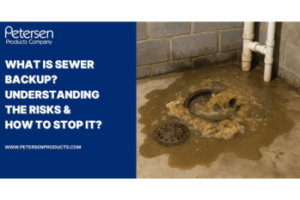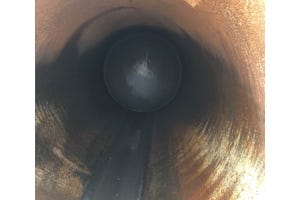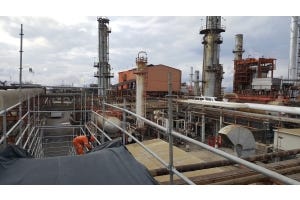How To Fix Broken Portions of Pipeline


Pipeline breaks can be both disruptive and dangerous. Corroded metal, cracked pipes, and other damage can lead to a loss of resources and product leaks that can harm nearby people, wildlife, and environments. If your pipeline needs repair, it’s important to do the job quickly and effectively. The sooner you solve the problem, the sooner you can get your infrastructure up and running again. Learn more with our guide on how to fix broken portions of pipeline without severely disrupting service.
In-Service Techniques
Depending on the type of damage, you may be able to fix a broken pipeline without interrupting the flow of the product. In-service repair techniques—such as grinding, welding, or installing sleeves—are generally effective when the pipeline sustains surface damage. The grinding method helps to smooth the surface of the pipeline to fix minor damage or welding anomalies. However, refrain from using grinding to remove more than 40 percent of the thickness of the pipe wall. For larger repairs, you might weld a patch or extra layer to the pipeline.
You can also use a variety of sleeves or wraps for the repair job. For non-leaking damage such as dents or bulges, you can attach structural reinforcement sleeves to hold the pipeline in place. A pressure-containing sleeve works similarly to the structural reinforcement sleeve, except you weld it completely to the pipe—making it perfect for repairing leaks. You can also use composite sleeves, which consist of a fiber material that wraps around the defect and prevent further damage to the pipe. Composite sleeves can’t fix leaks, but many pipeline workers use them as an effective alternative to structural reinforcement sleeves.
Off-Service Techniques
Some pipeline damage is not fixable from the outside. In this case, the process of how to fix broken portions of pipeline involves diverting the flow of product in a process known as hot tapping. This process causes the product to bypass the damaged section of the pipeline, isolating the area for repair. Once the product is no longer flowing, you can use a line stop to completely seal off the section of pipe you want to work on. This technique allows you to make any repairs you need without worrying about causing more leakage or contaminating the product within.
Disclaimer: The information may be used but with no warranty or liability. This information is believed to be correct but should always be double checked with alternative sources. Strictly adhere to and follow all applicable national and local regulations and practices.
Regardless of these comments, it is always necessary to read and understand manufactures instructions and local regulations prior to using any item.












